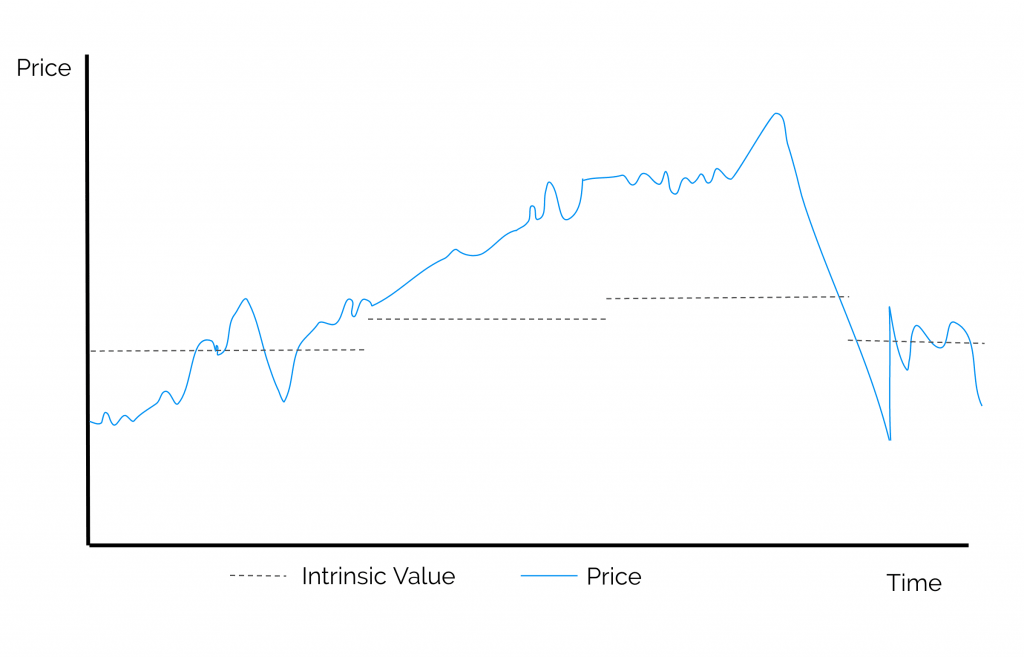The difference between price and value is an important concept.
In the words of the world’s most famous investor, Warren Buffett:
“Price is what you pay, value is what you get.”
Another great quote is:
“Price is what you are asked to pay, value is what you are willing to pay.”
Everyone’s assessment of value is different. For example, a $1,000 iPhone might seem expensive to us, but you might think it is great value.
Typically, we buy an item or invest our money if value is greater than price.
How is the value determined?
In finance, an asset’s value is determined by investors, analysts and economists using financial models. Some of the most common valuation models include:
- Discounted cash flow (DCF) analysis, which uses forecasts of free cash flow
- Ratio analysis (e.g. the price-earnings ratio)
- Arbitrage pricing theory (APT)
- Relative valuation (e.g. property one versus recent property sales in the area)
In investing, the final value is often called the ‘intrinsic value’. However, stock analysts also call these valuations their ‘price targets’.
Consider this
The price of an investment can change by the minute or second, but the intrinsic value changes less frequently (e.g. the value of an iPhone changes less frequently than its price!).
How do I value shares?
There are a number of different methods when it comes to valuing companies. These include:
- Ratio analysis
- Discounted cash flow (DCF) analysis
- Dividend discount models (DDM)
- Earnings power value (EPV)
- Internal rate of return (IRR); and
- Weighted average cost of capital (WACC)
To learn about each of these methods and how to use them, check out our free Valuation Course where we cover the nuts and bolts of valuation theory and application.
Click here to start now — it takes less than 30 seconds to enrol!
[ls_content_block id=”27643″ para=”paragraphs”]




